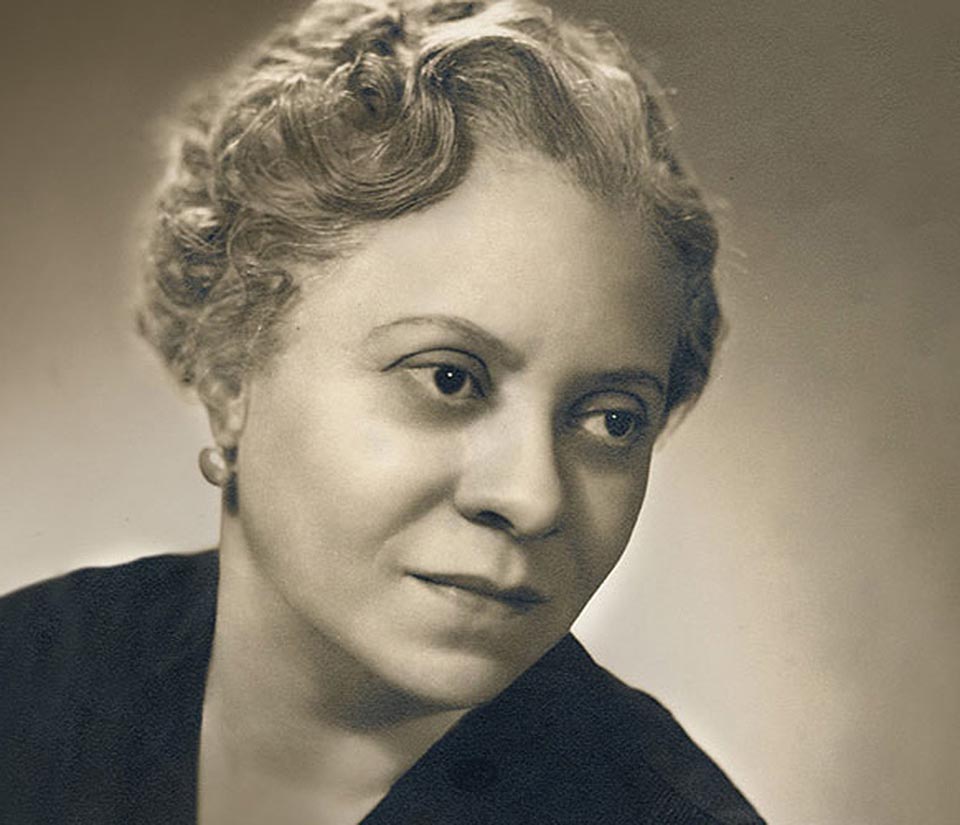
Have you ever wondered why books on classical composers are about individuals who are nearly all white, male and middle-class? When I was a teenager, I wondered about it from time to time, but I suppose because I was also white, male and middle class it didn’t bother me much. But that was a good many years ago and the world is a different place. I am sure many young people who become involved in classical music wonder the same thing, especially girls.
We know some of the reasons for the absence of women among European classical composers and here I use the word “classical” in its broader sense. During the eighteenth and nineteenth centuries, women were generally not encouraged to enter the musical profession on the grounds that it was male-dominated. Women probably would not have been taken seriously, especially women composers. The only musical niche where women were encouraged was probably singing. Needless to say, there have been women composers. The 12th century Hildegard von Bingen springs to mind. She you may recall was a Benedictine abbess who was a writer, composer, philosopher, mystic, visionary, and polymath of the High Middle Ages.
During the Baroque, a handful of women composers achieved recognition, notably Barbara Strozzi, Francesca Caccini and the reclusive Isabella Leonarda who spent most of her life in a convent. The 19th century brought us Fanny Mendelssohn, elder sister of Felix. From a well-to-do family, she wrote chamber music, over a hundred piano pieces and well over two hundred songs. And here’s an interesting thing. Because of family wishes and the social conventions, some of her pieces were published under her brother’s name. If I’d been her, I would not have been very pleased. Not very pleased at all. Music historian Angela Mace Christian reports that Fanny Mendelssohn “struggled her entire life with the conflicting impulses of authorship versus social expectations.”
One of the most influential women musicians in the 19th century was the child prodigy Clara Wieck who later became the wife of composer Robert Schumann. In her day, Clara Schumann was best known as a pianist and teacher but she wrote an enormous amount of music. In her lifetime it was largely ignored and even her husband seemed to be ambivalent about his wife’s composing activities.
The first American woman composer who achieved international recognition was Amy Beach. She was a prolific writer, an accomplished concert pianist and one of the most respected and acclaimed American composers of her era. She wrote many works for piano, songs and chamber music and was the composer of the first symphony by an American woman.
Amy Beach (1867-1944: Symphony in E minor (Gaelic Symphony). Portland Youth Philharmonic cond. David Hattner (Duration: 42:20; Video: 1080p HD)
This work dates from 1894 and draws inspiration from old English, Irish and Scottish melodies. It’s cast in four-movements and at the time Beach was influenced by Antonín Dvorak who was briefly in the United States as Director of the National Conservatory in New York. Some of this influence can be heard in the last movement of this symphony although Beach’s musical language is distinctly her own. Although British folk songs are the inspiration for this work, in later life Beach became more interested in Native American themes. The work was given its first performance by the Boston Symphony Orchestra in 1896 and drew critical and public acclaim. The composer uses skillful and colourful orchestration, making it a fresh and invigorating work, full of rich invention and charming melodies. You might notice the unusual orchestral positioning with the cellos and basses set to the far left and the second violins and violas to the right.
Florence B. Price (1887-1953): Concerto in One Movement. Lulu Liu (pno), Texas Medical Center Orchestra cond. Libi Lebel (Duration: 17:18; Video: 1080p HD)
From the opening notes of this concerto, you can hear an original, distinctive voice. Florence B. Price was not only one of the first American women composers but also one of the first American women composers who happened to be black. So this work has a special significance. Price was born in Arkansas and after high school she enrolled in the New England Conservatory of Music in Boston. Initially, she chose to pass as Mexican, to avoid the then discrimination against African Americans. She became profoundly religious and often brought the music of the African-American church into her work.
She wrote an impressive number of compositions including four symphonies, four concertos and a large collection of other pieces. Although described as a “concerto in one movement”, there are three distinct sections. After a heroic and passionate first section with its yearning melodies, there’s an achingly beautiful central section; a pensive movement which seems to have its roots in African-American folk melody. The sunny and light-hearted third section has echoes of the cake walk and minstrel shows. This is a gorgeous work: lovely, unselfconscious music brimming with life.
In case you’re wondering, the Texas Medical Center Orchestra is one of the few orchestras in which most of the members are health professionals. Along with their conductor Libi Lebel and piano soloist Lulu Liu, they provide an exhilarating performance of this heart-warming work.
 |
 |
 |





